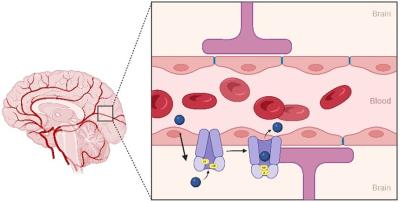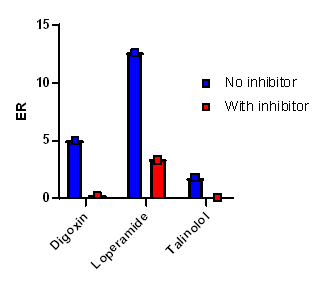At Visikol, we have pioneered and optimized an in vitro model of the blood-brain barrier (BBB) utilizing a triculture of cells derived from human induced pluripotent stem cells. This model integrates brain microvascular endothelial cells (BMECs), pericytes, and astrocytes, providing a comprehensive representation of the cellular constituents crucial for BBB function. The primary role of the BBB is to regulate the passage of molecules and cells between the bloodstream and the brain. It permits the entry of essential nutrients and oxygen into the brain while preventing the infiltration of harmful substances such as toxins, pathogens, and certain medications. Due to its unique properties, the BBB poses a significant challenge for drug delivery and therapeutic interventions targeting the brain.
Visikol’s in vitro BBB model has played a crucial role in drug discovery endeavors across academia and industry, facilitating the assessment of drug permeability through the BBB—a pivotal step in the preclinical development of brain-targeted drugs. We conducted an extensive optimization of the primary transportation mechanisms involved in the passage of compounds/molecules across the BBB, which include passive diffusion, receptor-mediated transcytosis, ionic transporters, and efflux pumps such as P-glycoproteins (P-gp).

Figure 1. P-gp efflux pumps in the BBB
P-gp, a key member of the ATP-binding cassette (ABC) transporter family, acts as an active efflux pump, utilizing energy derived from ATP hydrolysis to expel a diverse range of substrates from the brain parenchyma back into the bloodstream (Figure 1). In our model’s P-gp functionality validation process, we assessed the permeability of established P-gp substrates—digoxin, loperamide, and talinolol—alongside the use of inhibitors, specifically cyclosporine and elacridar. Substrates were introduced into either the apical or basolateral compartment, with and without P-gp inhibitors, and their apparent permeability coefficients (Papp) were quantified bidirectionally following a 4-hour incubation period using the following equation:

The equation represents the rate of change of cumulative amount in the receiver chamber over time. A denotes the surface area (cm2) of the membrane, while C0 represents the initial concentration of the tested compound.
The efflux ratio (ER) quantifies the extent to which compounds are effluxed back by P-gp and is determined by the ratio of Papp(A-B) to Papp (B-A), calculated as follows:
The presented data, illustrated in Figure 2, elucidate a substantial reduction in substrate permeability in the presence of P-gp inhibitors as compared to the substrate alone. These findings affirm the functionality of the P-gp efflux pump in our model, highlighting its potential as a robust readout during lead optimization.

Figure 2. Effect of P-gp inhibitors on substrate’s efflux ratios in our in vitro BBB model
If you’re interested in learning more, please reach out to a member of out team today!
